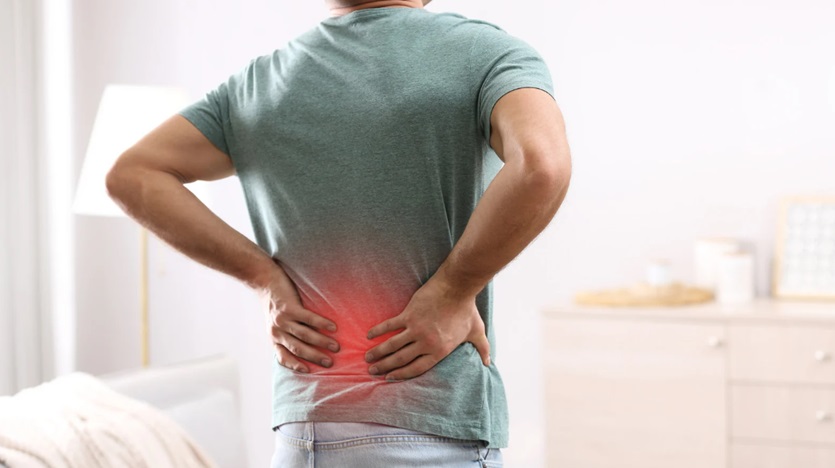Dealing with chronic low back pain can significantly impact your quality of life, making everyday tasks difficult. If you’re looking for solutions for low back pain in Boca Raton, it’s crucial to understand how factors like weight can contribute to this condition. Low back pain often worsens with excess weight, putting additional strain on the spine. This guide explores the relationship between weight and lower back pain, offering practical tips for managing and alleviating discomfort effectively.
The Weight-Pain Connection
Excess weight, particularly around the midsection, can significantly contribute to low back pain. Here’s how:
- Increased Stress: Extra weight puts additional stress on the spine and supporting muscles.
- Posture Changes: Weight gain can alter your posture, leading to misalignment and pain.
- Inflammation: Fatty tissue produces inflammatory chemicals that can exacerbate pain.
Understanding Low Back Pain
Lower back pain is a common problem that affects millions of people worldwide. It can vary from a persistent, dull ache to a sudden, sharp pain. While various factors contribute to low back pain, weight is a significant and modifiable risk factor.
The Impact of Weight on Low Back Pain
Mechanical Stress
Excess weight, especially abdominal fat, shifts your center of gravity forward. This change forces your lower back muscles to work harder to maintain balance, leading to strain and pain.
Disc Pressure
Studies have shown that for every four pounds of excess weight, the pressure on your spine increases by 16 pounds. This added pressure can lead to disc herniation and other spinal issues.
Reduced Mobility
Carrying extra weight can restrict your range of motion, making it challenging to participate in physical activities that could strengthen your back muscles and relieve pain.
Managing Low Back Pain Through Weight Control
Healthy Diet
Adopting a balanced, nutrient-rich diet can help you maintain a healthy weight. Focus on:
- Lean proteins
- Fruits and vegetables
- Whole grains
- Healthy fats
Avoid processed foods and excessive sugar, which can contribute to inflammation and weight gain.
Regular Exercise
Physical activity plays a vital role in maintaining both weight and back health. Walking is a great, low-impact exercise for individuals with lower back pain. Begin with shorter walks, gradually increasing the time and intensity as your strength improves. Learn more about whether walking is good for lower back pain and how it can aid in managing discomfort effectively.
Strength Training
Building core and back strength can help support your spine and reduce pain. Consult with a physical therapist or trained professional to develop a safe and effective strength training program.
Posture Awareness
Maintaining proper posture is essential for managing low back pain. Pay attention to your posture throughout the day, particularly when sitting for extended periods.
Holistic Approaches to Pain Management
While weight management is crucial, a holistic approach to low back pain often yields the best results:
- Physical Therapy: Targeted exercises and manual therapy can improve flexibility and strength.
- Pain Management Techniques: This may include medications, injections, or alternative therapies like acupuncture.
- Stress Reduction: Practices like meditation or yoga can help manage pain perception and reduce muscle tension.
When to Seek Professional Help
If your lower back pain persists despite weight management efforts, or if you experience severe or worsening symptoms, it’s crucial to consult a healthcare professional.
Conclusion
Managing low back pain through weight control is a powerful strategy for long-term relief. By understanding the connection between weight and back pain, adopting healthy lifestyle habits, and seeking professional guidance when needed, you can take significant steps toward a pain-free life.


